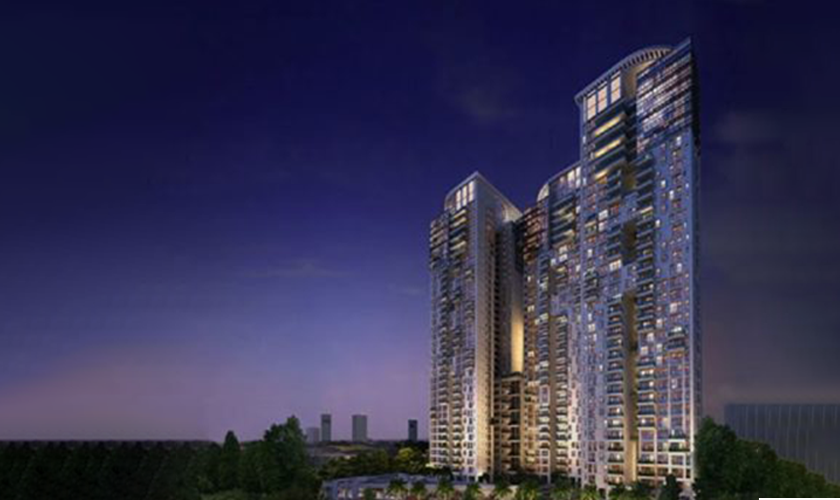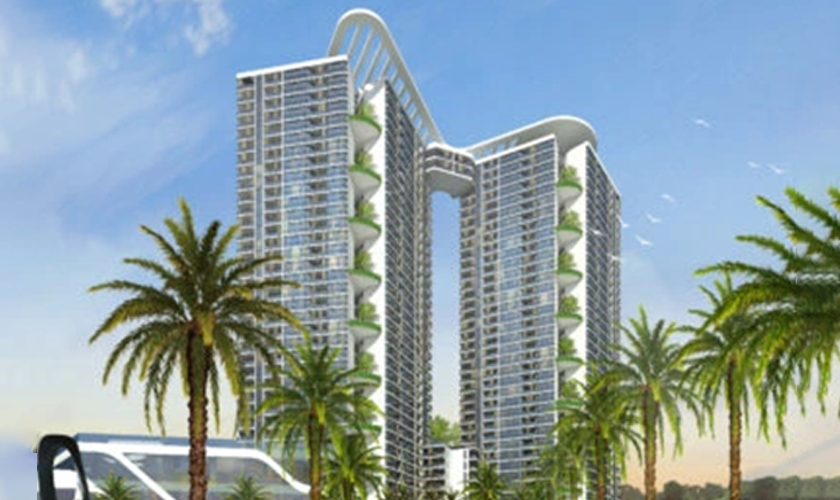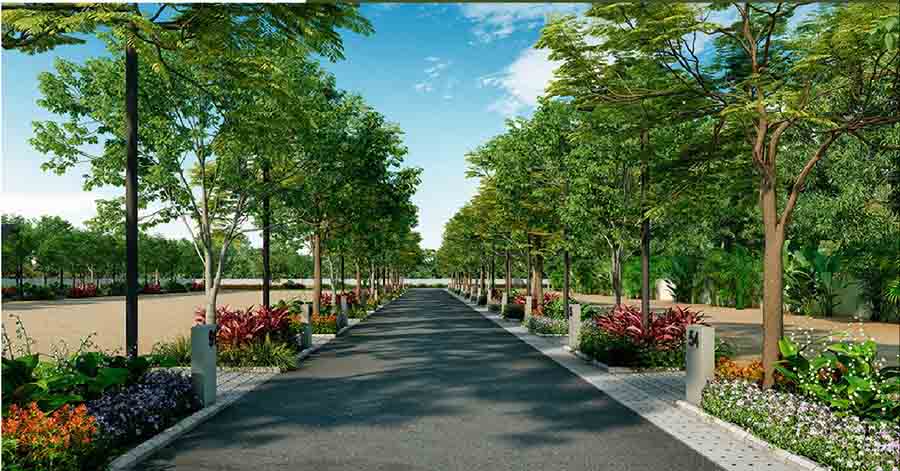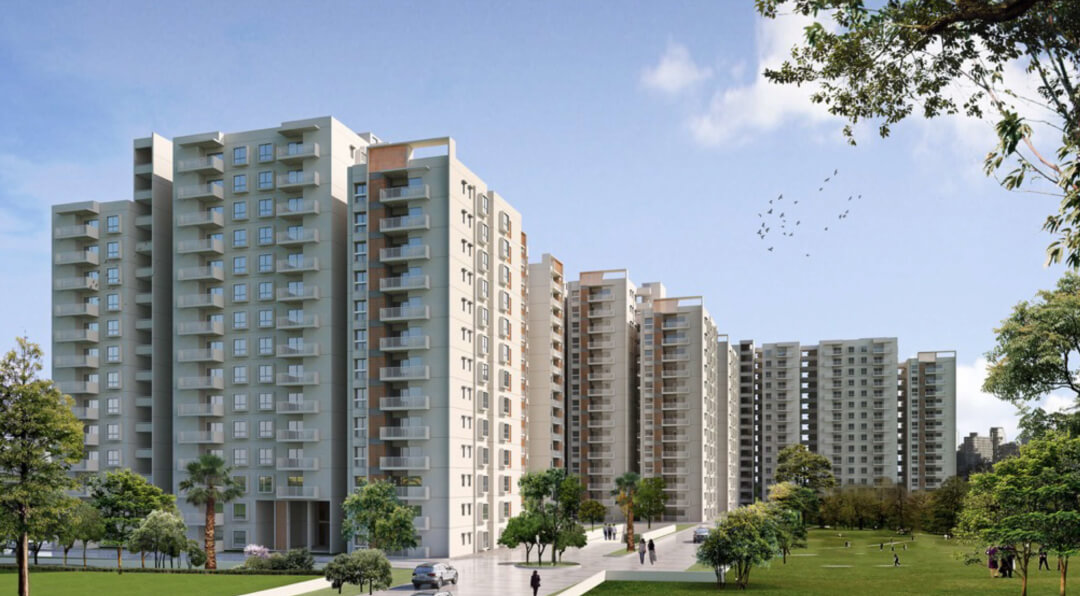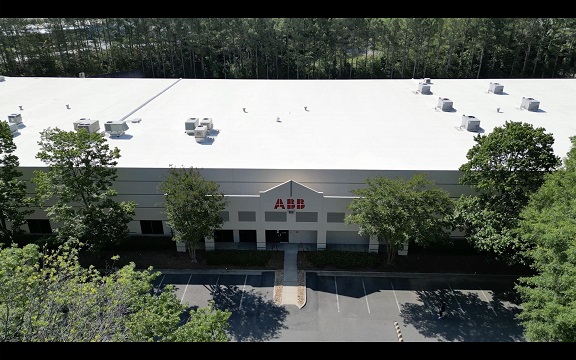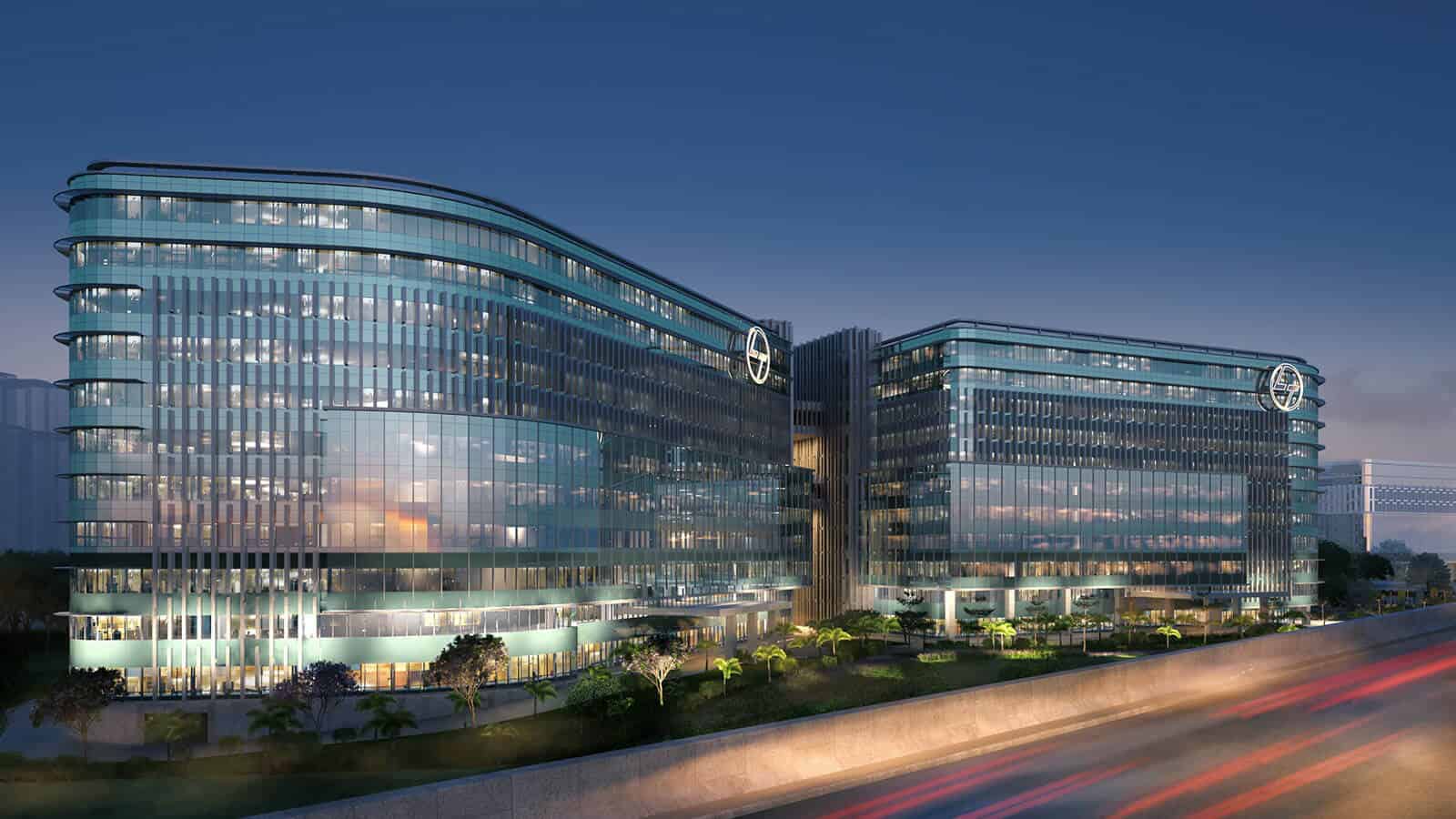Introduction:
Prefabricated construction, also known as modular construction or off-site construction, is gaining significant momentum in India’s construction industry. This innovative approach involves manufacturing building components or entire structures in a controlled factory environment and then transporting and assembling them on-site. This blog explores the benefits and challenges associated with the rise of prefabricated construction in India.
Benefits of Prefabricated Construction:
- Speed and Efficiency: Prefabricated construction significantly reduces project timelines by enabling simultaneous site preparation and off-site fabrication. The controlled factory environment allows for streamlined processes, precise assembly, and faster completion, leading to reduced construction time.
- Cost Savings: Prefabrication can result in cost savings through economies of scale, reduced material wastage, and optimized labor utilization. Additionally, the faster construction time translates into reduced labor and financing costs, making it an economically viable option.
- Quality Control: Factory-controlled manufacturing ensures consistent quality standards. By using advanced technologies and standardized processes, prefabricated construction minimizes errors, improves accuracy, and enhances overall construction quality.
- Sustainability: Prefabrication promotes sustainable construction practices by reducing waste generation, energy consumption, and carbon emissions. The controlled factory environment allows for better material management and recycling, making it an environmentally friendly choice.
- Design Flexibility: Prefabricated construction offers architects and designers more freedom to experiment with innovative designs and customizations. It allows for the integration of various architectural styles and building systems, providing unique and aesthetically pleasing structures.
Challenges of Prefabricated Construction:
- Limited Awareness and Acceptance: Despite its advantages, prefabricated construction is relatively new in India. Lack of awareness and resistance to change from traditional construction practices can pose challenges in promoting its widespread adoption.
- Skilled Labor Requirement: Prefabricated construction demands skilled labor with expertise in manufacturing and assembling components. The industry needs to invest in training programs and upskilling initiatives to meet the growing demand for skilled workers.
- Transportation and Logistics: Moving prefabricated components from the factory to the construction site requires careful planning and coordination. Challenges such as transportation logistics, site access, and handling heavy modules can impact project schedules and costs.
- Regulatory Framework: Existing regulations and codes may not fully address prefabricated construction practices. The industry needs supportive policies and standards that acknowledge the specific requirements and potential of off-site construction.
- Perception and Aesthetic Concerns: Prefabricated construction is sometimes associated with low-quality and monotonous designs. Overcoming the perception challenges and emphasizing the design flexibility and customization options is crucial for wider acceptance.
Conclusion:
The rise of prefabricated construction in India presents numerous benefits, including speed, cost savings, quality control, sustainability, and design flexibility. However, addressing challenges related to awareness, skilled labor, logistics, regulations, and perception is essential for its successful integration into the mainstream construction industry. With the right initiatives and collaborative efforts, prefabricated construction has the potential to revolutionize the way buildings are constructed in India, offering faster, more efficient, and sustainable solutions for the country’s growing infrastructure needs.


